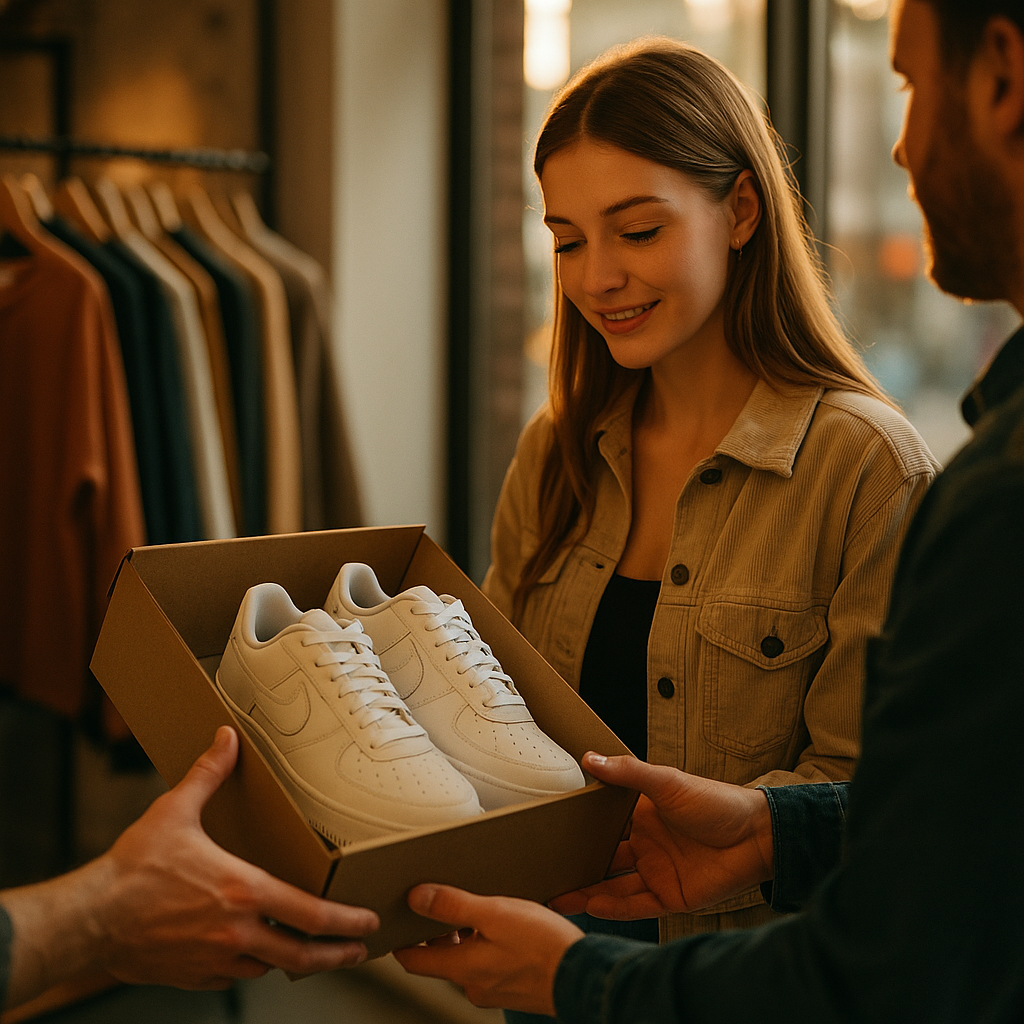A well-executed product seeding campaign can skyrocket retail sales and establish lasting brand loyalty. In this case study, we explore how a leading beverage brand harnessed product seeding to outperform competitors in 2025—offering actionable insights for marketers aiming to replicate this success.
Understanding Product Seeding Strategies for Retail Success
Product seeding is a marketing strategy where brands distribute free products to highly influential individuals, such as content creators or industry experts, encouraging authentic exposure. In 2025, retail brands are refining their seeding strategies, targeting micro-influencers and community leaders to amplify reach without massive ad spends. Recognizing the importance of sincerity, recipients are carefully selected for genuine alignment with brand values.
According to a recent survey by the Influencer Marketing Hub, 72% of marketers reported higher ROI from micro-influencer seeding compared to traditional celebrity endorsements. The featured beverage brand identified and partnered with over 350 micro-influencers, ranging from local fitness experts to well-known mixologists, ensuring each recipient was likely to share their experiences organically across social media and within their local communities.
Executing an Influencer Outreach Campaign that Builds Trust
The beverage brand meticulously mapped out its influencer outreach campaign. The marketing team prioritized detailed research to find influencers whose audiences matched the brand’s ideal retail demographic. Transparent, personalized outreach messages emphasized the brand’s story, its commitment to sustainability, and its mission to support healthy lifestyles—reflecting best practices for trust-building outlined by Google’s EEAT framework in 2025.
Following initial outreach, the team:
- Provided comprehensive product information and clear usage guides
- Encouraged feedback and two-way communication
- Ensured full disclosure and authenticity in all influencer posts
Recipients responded positively, sharing detailed reviews and creative content that showcased real results, driving genuine conversations both online and in-store.
Leveraging Social Proof to Drive Retail Footfall
By mid-campaign, the beverage brand’s hashtag was trending regionally, thanks to a surge in authentic user-generated content. Customer proof fueled online buzz, leading to increased brand awareness and curiosity among target consumers. Notably, retailers reported a noticeable uptick in shoppers inquiring about the product after seeing influencer posts in their feeds.
To maximize this momentum, the company:
- Repurposed user content in-store and on its website for additional credibility
- Collaborated with retail partners on co-branded in-store displays featuring influencer testimonials
- Launched limited-time in-store promotions tied to social sharing
This strategic integration between digital and physical retail channels created a seamless brand experience, reinforcing trust and persuading new customers to purchase.
Measuring the Impact of a Product Seeding Campaign
Quantifying success is essential to replicate and improve upon effective campaigns. The beverage brand employed a multifaceted approach to measure the campaign’s impact, analyzing:
- Retail sales lift in participating stores
- Engagement rates on influencer and brand-owned channels
- Brand mentions and sentiment in user-generated content
- Coupon redemption and in-store promo code usage
Within eight weeks of launch, retail partners reported a 28% sales increase for the new product line, sustained even beyond the official campaign period. Social engagement rates more than doubled, and the brand’s email subscriber list grew by 19%, signaling an uptick in ongoing customer interest and loyalty.
Lessons Learned: Optimizing Product Seeding for Future Campaigns
This case study highlights several key learnings for success with product seeding in 2025:
- Select partners wisely: Prioritize genuine advocates over sheer reach. Credibility and audience alignment matter most.
- Focus on two-way value: Provide influencers with resources and transparency while remaining receptive to their perspectives and suggestions.
- Bridge offline and online: Integrate influencer content with in-store touchpoints for a cohesive retail experience.
- Continually track and adapt: Use granular performance data to optimize future outreach, messaging, and retail collaborations.
Incorporating these principles ensures product seeding remains a future-proof strategy for retail growth.
Conclusion: Product Seeding as a Catalyst for Retail Sales Growth
This successful case study proves that product seeding, when executed strategically, drives both immediate and sustained retail sales growth. Marketers should focus on authenticity, strategic influencer outreach, and data-driven optimization to see results. By leveraging these approaches, brands can turn product seeding into a reliable lever for retail success in 2025 and beyond.
FAQs about Product Seeding Campaigns that Drive Retail Sales
-
What is product seeding?
Product seeding is a marketing technique where brands give free products to carefully chosen influencers or community leaders, encouraging them to share honest feedback and reviews with their audiences.
-
How does product seeding increase retail sales?
It builds authentic social proof, creates buzz, and motivates shoppers to look for the product in stores—ultimately leading to increased purchase intent and retail sales.
-
What types of influencers work best for product seeding?
Micro-influencers and niche community leaders are most effective in 2025, as their audiences trust their recommendations more than those from traditional celebrities.
-
How do I measure the results of a product seeding campaign?
Track retail sales uplift, social media engagement, new customer acquisition, and redemption of in-store promotions or codes linked to your campaign.
-
How important is authenticity in product seeding?
Authenticity is crucial. Audiences are savvy and value honest reviews over paid endorsements. Prioritizing genuine relationships with influencers maximizes credibility and results.
